Steps to Build a Successful Software Development LifeCycle
Ashok Sachdev
June 28, 2022 1220 Views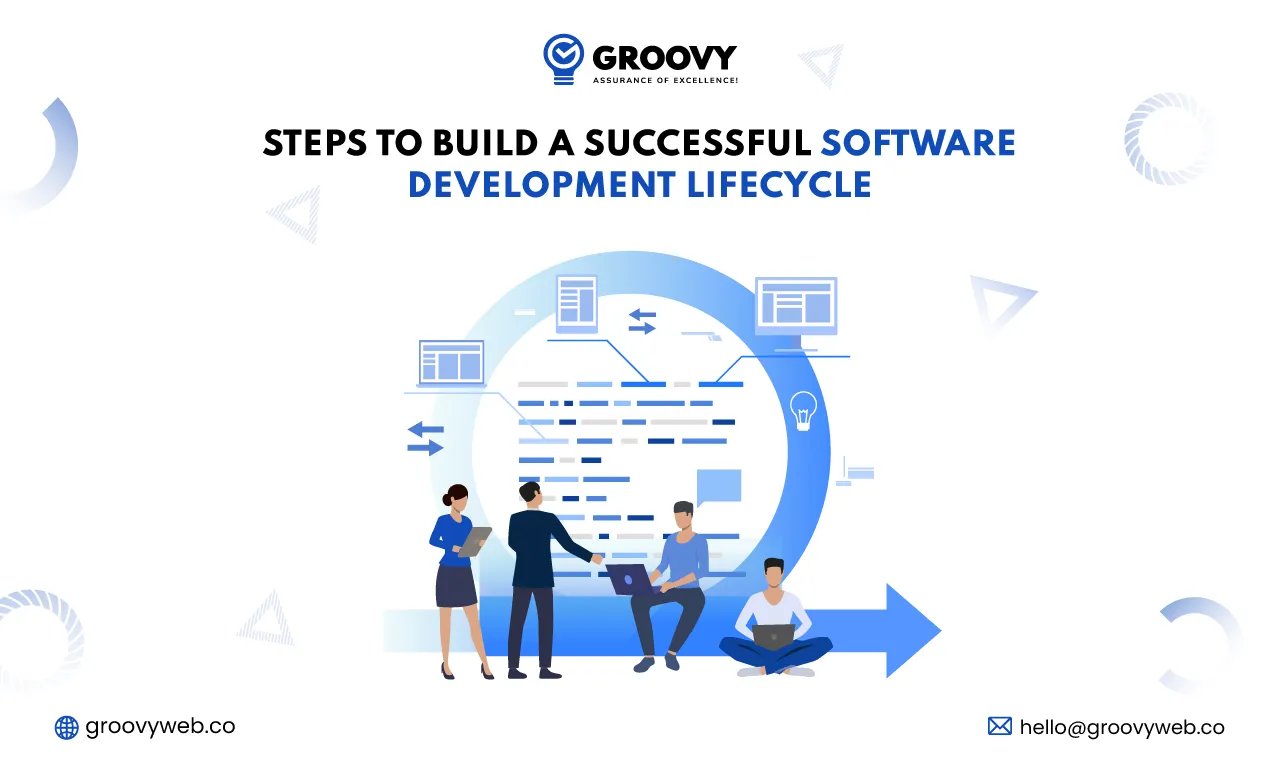
Quick Summary : This blog article has provided you with a brief overview of the software development life cycle. You've learned about the steps in the process, the different management approaches, and the importance of monitoring the development process.
The first computer programme was created in 1959, at a time when the software development lifecycle lacked a clear development algorithm. The inventors had no idea that programme coding would evolve into a smooth software development lifecycle over time.
These days, every software development project follows a set of stages that allow for the release of high-quality software. An increasing number of processes can seem chaotic at the beginning of a business.
This blog article will look at the development lifecycle steps and the various management approaches.
How Did Software Development LifeCycle Begin?
The product development lifecycle has changed dramatically since the 1950s when the first computer programme was developed. Marketers, program managers, and developers all wanted a centralized artefact to track each procedure’s what, when, and why as it progressed through the development process. This is how the software lifecycle notion was born.
The SDLC stands for software development lifecycle, is a sequential process that takes a product’s concept from conception to implementation and, eventually, commercialization. The software development lifecycle typically includes the following stages:
- Research
- Design
- Implementation
- Testing
- Deployment
- Maintenance
The phrase “systems development lifecycle” was first coined by Geoffrey Elliott in the field of Global Business Information Technology.
Since then, software development lifecycle has taken several forms to adapt to the creation of complex business systems that demand a lot of data management and analysis. Due to this, software development methodologies differ based on management methodologies like Waterfall, Agile, V-shaped, Iterative and spiral.
How Does Software Development LifeCycle Work?
Software development lifecycle enumerates all of the steps involved in creating a software application. This reduces waste and improves the development process’ efficiency.
Monitoring ensures that the project continues on track and is a financially viable investment for the company.
Technology research, market research, and cost-benefit analysis are three types of planning. Other steps may intertwine with one another. Since developers must correct defects that are found during testing, the testing phase can be parallel with development.
6 Most Important Phases Of Software Development Lifecycle
As you read this guide, you’ll find out everything you need to understand about the software development lifecycle, including all its stages.
<
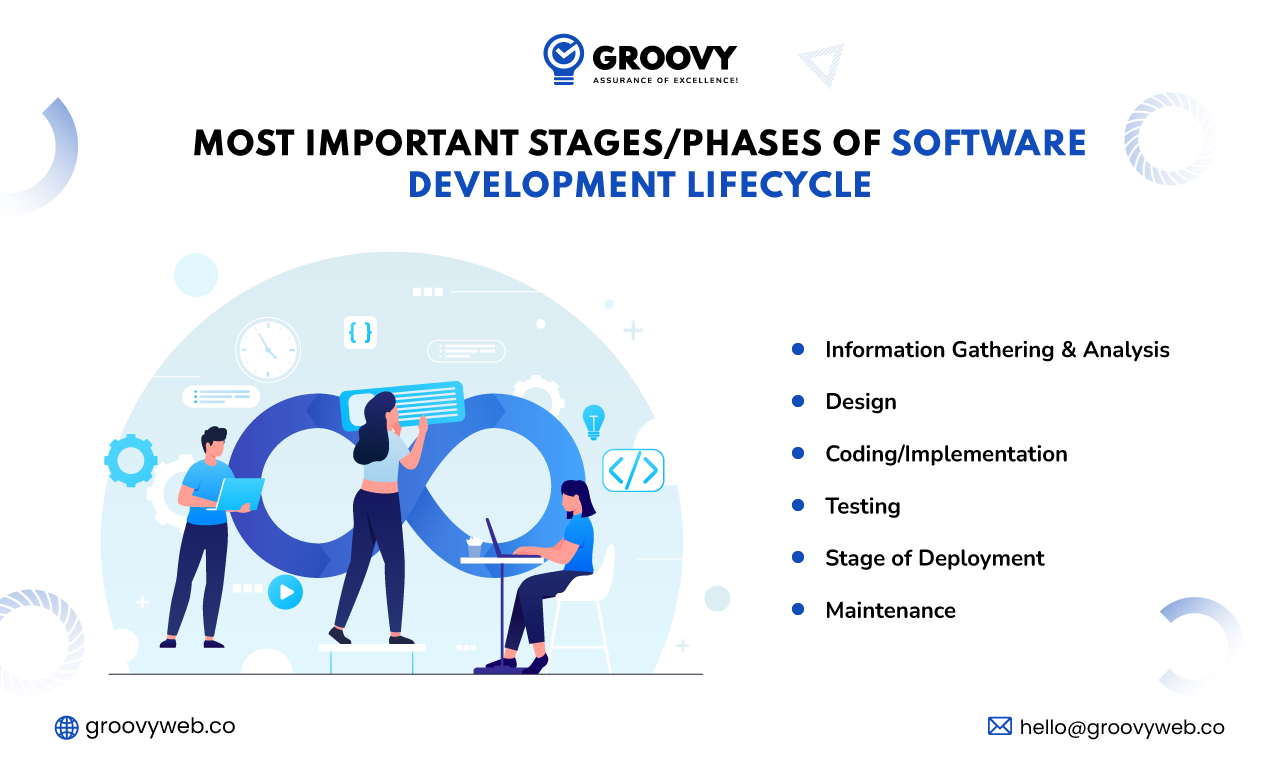
Almost every creating organization follows a set of steps in a step-by-step manner when providing software development services. During the SDLC, there are six steps: planning, analysis, design, development, testing, and maintenance.
In order to understand how a perfect program is developed, let’s examine each of these phases in turn.
Information Gathering & Analysis
In this first step, the software experts should gather the business needs before they come up with a comprehensive plan for any programme. In this stage, the main objective for stakeholders and project managers is to identify the specific features required of any program.
Consider the following:
- Who is going to use this program?
- How will the software be used once it is completed?
- Type of information included in the software?
- What type of data should this software generate?
Following these fundamental questions, a general blueprint is prepared for the software engineers to concentrate on.
After that, the integrity of the data is checked, and the possibility of incorporating it is assessed. After the requirements are gathered, a document containing the requirements specification is produced, which determines the next step in the outsourcing software development process.
Design
The software development process now moves on to the later step. At this stage, a programme draught design is created based on the stage-1 requirement specifications. System designs are used to specify both hardware and software requirements. Business rules, programs, graphics layouts, and other essential documentation are included in this step. The following are the two main tasks performed during the design phase:
- The creation of the IT infrastructure
- System model creation
The IT infrastructure must be built on solid foundations to prevent crashes, malfunctions, or performance degradation.
The expert suggests the clients and servers needed in this phase based on cost, time, and the technical viability of the system. Furthermore, the organization develops user interfaces, database designs, and entity relationship diagrams (ERDs).
Moreover, they help define an overall software architecture. As part of the software development model, the next phase uses the system’s design specifications as inputs.
Coding/Implementation
Once the design documentation is received, the work is divided evenly into many parts and modules. This is where the actual code starts.
This phase focuses on the development of excellent code by the developers. This is the real programme writing. A small project might be written by just one developer, while a big project might be divided into numerous teams and worked on by them all.
Use a source code management or access control application during this stage. These tools aid programmers in keeping track of code modifications. Additionally, they support achieving set objectives and the compatibility of various team initiatives.
Numerous other duties are included in the coding process.
A lot of developers need to work in teams or brush up on their abilities. It’s crucial to identify and correct mistakes and malfunctions.
The development process is frequently slowed down by tasks like generating code to execute an application or waiting for test results. SDLC can foresee these delays, allowing developers to be given other responsibilities.
Testing
Testing is the first stage in understanding what software development is. Testers play a crucial role in development process. Let’s look at the various testing tools on the automated testing platform spectrum before delving too far. Two main categories can be used to separate these tools:
- Developers create white-box tests with access to the native objects, flows, and code.
- Black-box tests are those that are created by outside test engineers without access to the source code and make use of user-experience-simulating flows.
The top mobile white-box test automation tools are Espresso and XCUItest. In contrast, the top black-box tools are Appium and Selenium.
Both code-based and code-less automation systems can be used for black-box testing.
A problem with the testing or an error in the code will force you to repeat the entire coding process and so on until the project is complete.
Stage of Deployment
The deployment stage begins once all of the coding errors have been eliminated during the testing stage.
Once the software code has been completed, it is then integrated and distributed to consumers. Prior to distributing the product to potential clients, beta testing is conducted to ensure that it works correctly on a large scale.
The engineering team is notified immediately if any adjustments have to be made or if any errors are identified during implementation. This allows any errors to be corrected in real-time so mistakes can be avoided.
Once all changes have been implemented and all bugs have been fixed, the ultimate dispersion or deployment is launched.
Maintenance
As users start using well-developed software, actual problems begin to appear over time. Using customized software is not the cause of these problems. Sometimes, however, concerns will resurface. A process such as this is called “maintenance for the finished product” or “maintenance for the finished product.”
Advantages of the Software Development LifeCycle
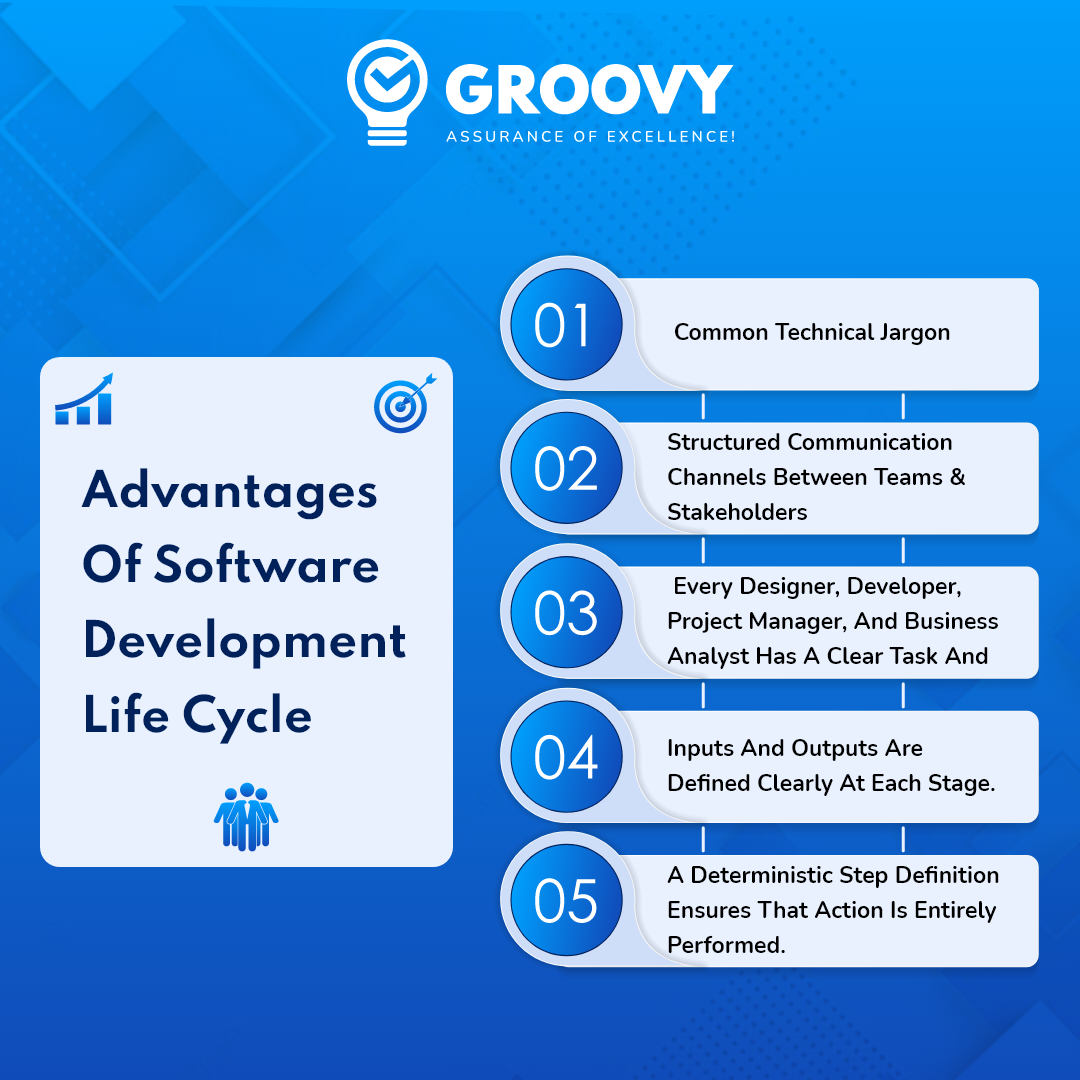
- Common technical jargon
- Structured communication channels between teams & stakeholders
- Every designer, developer, project manager, and business analyst has a clear task and role.
- Inputs and outputs are defined clearly at each stage.
- A deterministic step definition ensures that action is entirely performed.
The 5 Most Effective Software Development Techniques (and how to pick the right one for you)
In terms of outsourcing software development, the aim is to find methods that are predictable and repeatable, which will help to improve efficiency and quality. While some people strive to organize the chaotic duties of building software, others use the scope of software project management to do so.
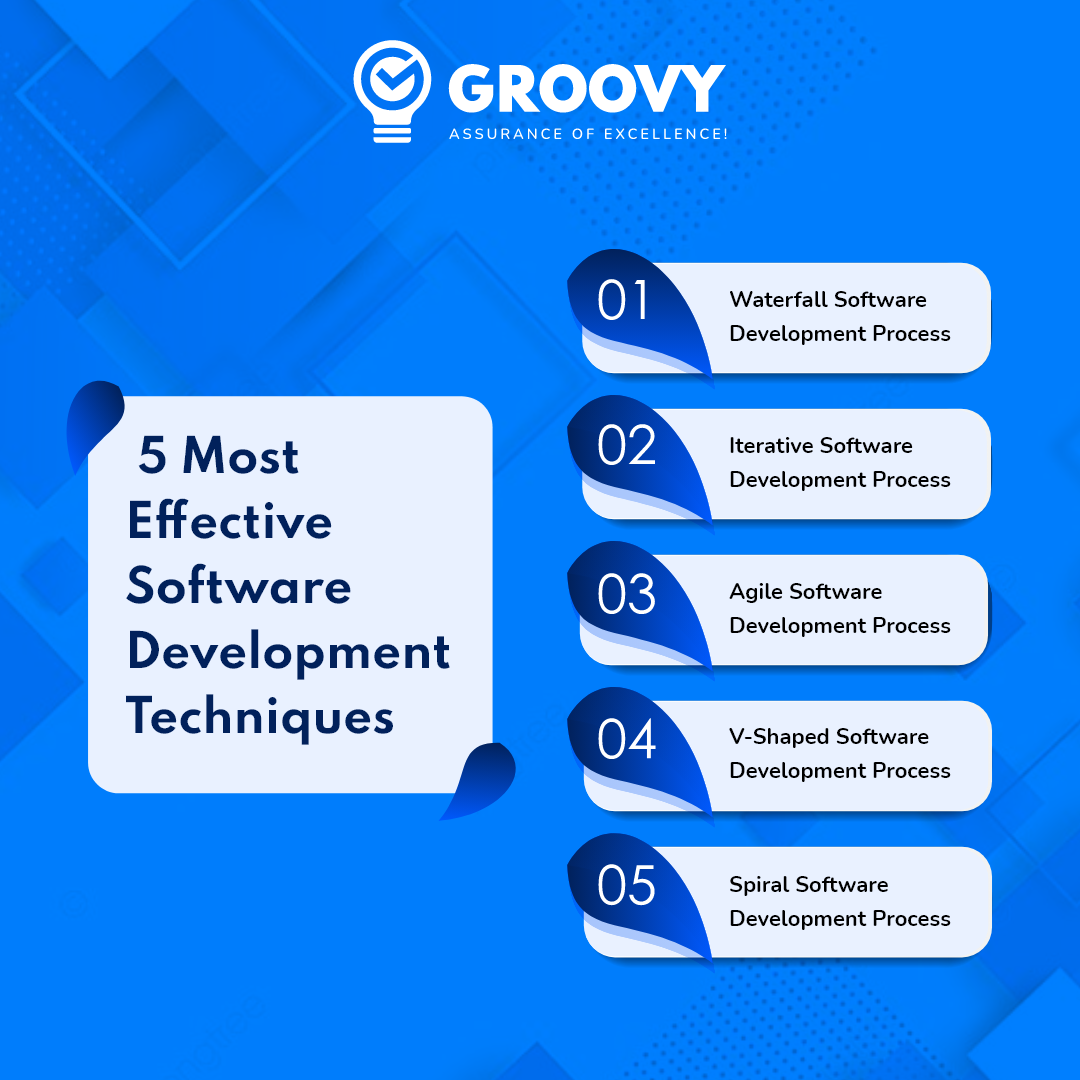
Waterfall Software Development Process
This is one of the oldest & most well processes, in which the developers carefully follow all of the preceding steps.
The most common and oldest process for developing software is called waterfall software development, also known as a linear sequential mode or classical lifecycle model.
One would adhere to the SDLC phases in order as a Waterfall technique. Each step needs to be finished before continuing. Feedback and information are transferred between the phases in most real-world applications.
“Plan-driven” means that the project completion must be based on what needs to be done and when it needs to be done. Because each portion flows into the next, it is described as a “waterfall.”
Benefits of Waterfall Processes
- It is simple to understand and use.
- Suitable for small-scale software development.
- Provides comprehensive documentation for every step, which is essential for the future.
- Working with discrete systems is especially important in this regard.
- Very useful for planning and management.
- Understanding crucial milestones is essential.
- A stable set of requirements is essential.
Iterative Software Development Process
The iterative method specifies the building of initially minor but increasingly substantial elements of software projects to assist those involved. This assists in identifying flaws early on, rather than waiting until the end to notice them.
Benefits of Iterative Process
- Effective testing
- allows you to determine what your ultimate system requirements are.
- Using the project control option, you can see a progress report.
- You can make changes and additions easily.
- During the development phase, it is beneficial to test the system.
Agile Software Development Process
Agile, cross-functional teams develop and distribute useable software to consumers for feedback over the course of two weeks to two months. Agile is all about moving quickly, delivering frequently, and meeting the actual needs of your users even if you have to deviate from the original plan.
An outline of the requirements and an SOW will not be necessary before you begin work. Instead, you’re effectively moving in one direction while anticipating having to alter your course at some point.
Here is a straightforward illustration of what it would resemble in practice. Consider adding a new attribute that can have X, Y, and Z characteristics to one of your goods.
You produce just the right amount of value over the course of two to four weeks (known as an “Agile Sprint”), and then you publish it. In order to adapt and respond to actual consumer needs, this enables tighter feedback loops throughout the software development process.
V-shaped Software Development Process
It is a variation of the traditional Waterfall methodology, the V-shaped software development approach has one major drawback: insufficient testing.
Instead of delaying testing till the end, the development process should be completed in order. The severe “validation and validation” stage that comes after each V-shaped process step requires testing before moving on.
Spiral Software Development Process
The spiral software development method combines the incremental aspect of Iterative, Incremental, and Agile with the V-shaped approach’s emphasis on testing and risk assessment.
The next stage is to carry out a thorough risk analysis to find flaws or areas of high risk when a plan has been established for a certain iteration or milestone. Let’s imagine, for instance, that you discover a feature in your plan that clients do not like.
You can design a prototype to test with users before continuing with full development rather than adding to your current milestone. You broaden the scope (like a spiral) after achieving each milestone, starting with planning and a new risk assessment.
Software Development Best Practices
Along with models and stages of software development, other techniques are also useful. The techniques can be applied in any phase of the process.
Use The Correct Development Process
The development lifecycle of software follows a framework that requires data-driven techniques. It is a thorough flowchart with various levels. Each of the five techniques has distinct objectives and a step-by-step process.
Setting realistic expectations will benefit your team and clients. This tactic also guarantees that your techniques align with the primary goals. Make sure to convey to your team the importance of each role. The ideal software development process will depend on your unique needs, client requests, specs, and timescale.
Here are some of the most beneficial software development lifecycle for software development.
Code Reviews
Errors happen to everyone. It takes a mindset that permits you to accept imperfections before you can put your trust in a code review. An excellent technique to guarantee the quality of your final code is to have a coworker review your pull requests before merging. Code reviews help decrease bugs in the product, and the top custom software application development company should always do it.
Identify Your Minimum Viable Product
Build your software project’s MVP before you begin development. This will enable the speedy and inexpensive launch of applications. Your software teams can also target the appropriate audience and gather enough verified data with the least amount of work. The software team can then work to enhance an application’s capabilities once it becomes an MVP.
Create Realistic Time And Cost Expectations

Short deadlines and limited resources cause stress. Likewise, an excessive amount of time or money may lead to procrastination on the part of developers or wasteful spending. Keep developers working as efficiently as possible, but don’t overwork them to the point where the code quality worsens.
Continually Test From Beginning To End
Test-Driven Development (TDD) initially made me sceptical since it appeared very prescriptive. I’ve come to understand that TDD increases your trust in the calibre of your code over time. In contrast, Behavior Driven Development (BDD) enables you to obtain the features and requirements from the client directly. This alignment results in more attentive code to the customers’ needs. When integrated components operate properly, coverage is increased.
You Aint Gonna Need It, Or Yagni
Avoid writing code that you might need in the future but don’t need now. If you try to code for hypothetical future use cases, you will end up with dead code since the behaviour of the use case will never match what you expect.
If the deleted code can be recovered, submit a ticket and include the commit hash. A crucial component of agile programming is YAGNI.
Check Code With Several Resources
Check developers’ work with another developer before sending it to QA. It aids developers in learning from one another so they may strengthen their coding abilities in addition to spotting flaws sooner in the development process.
Source Control
The goal of this plan is to protect your working code. A single room in the office could be designated to store and manage files. An encrypted connection can also be used by users to access cloud-based development environments.
In Source Control, a change management system allows individuals and teams to track their work. During a disaster, create a backup system that captures development progress, just as you would for any other storage.
Ongoing Integration
(CI) Continuous integration ensures that each component is compatible throughout the development process. It was challenging to put together the application before CI since each team worked on its own project. By using the same programming languages and libraries, continuous integration reduces disputes and duplication of effort.
Management Systems for the Software development lifecycle
Software development lifecycle management systems control and manage each phase of software development. Both phases, as well as the entire project, benefit from management systems. In addition, bug tracking and analytics are used. Indicators such as these also called key performance indicators (KPIs), can be used to improve areas of the cycle that aren’t performing well.
Future of Software Development Lifecycle
- Organizations are migrating away from previous software development lifecycle models and adopting faster development lifecycles.
- Development and operations are combining into a new capability called DevOps as the boundaries between diverse teams have gradually melted.
- DevOps, a collection of concepts and practices that improve an organization’s capacity to deliver applications faster, is a newer approach to the SDLC.
- As SDLC techniques evolve further toward SDLC DevOps, the function of security must be considered as well. Security is no longer a discrete, segregated stage in the SDLC.
- As part of DevOps, it is now considered essential tools to develop software that is secure as quickly as possible. The time and money spent on software development vary based on the project’s needs.
- It is best to consult with one of the most reputable outsourced software development firms, Groovy web, which specializes in custom software development and knows what they are doing. This saves time, energy, and money on the project.
Written by: Ashok Sachdev
Ashok Sachdev is the Project Manager at Groovy Web who began his professional career as a programmer at the young age of 17. Ever since then he is actively growing, learning new things, and adapting to new roles and responsibilities at every step. Aside from being an app developer, he is highly admired for his project management skills by his clients.
Frequently Asked Questions
We hope these clear your doubts, but if you still have any questions, then feel free to write us on hello@groovyweb.coWhat are the 6 Phases of the System Development Life Cycle?
The Systems Development Life Cycle originally consisted of six stages: planning, designing, developing, testing, deploying and maintenance.
Why is Software Development Life Cycle important?
The Software Development Life Cycle process makes it easier to build software from the ground, offering organized steps to follow. As a result, the project becomes easy to manage and brings visible results.
Additionally, SDLC provides an opportunity to plan the development, figure out the costs and minimize risks.
Related Blog
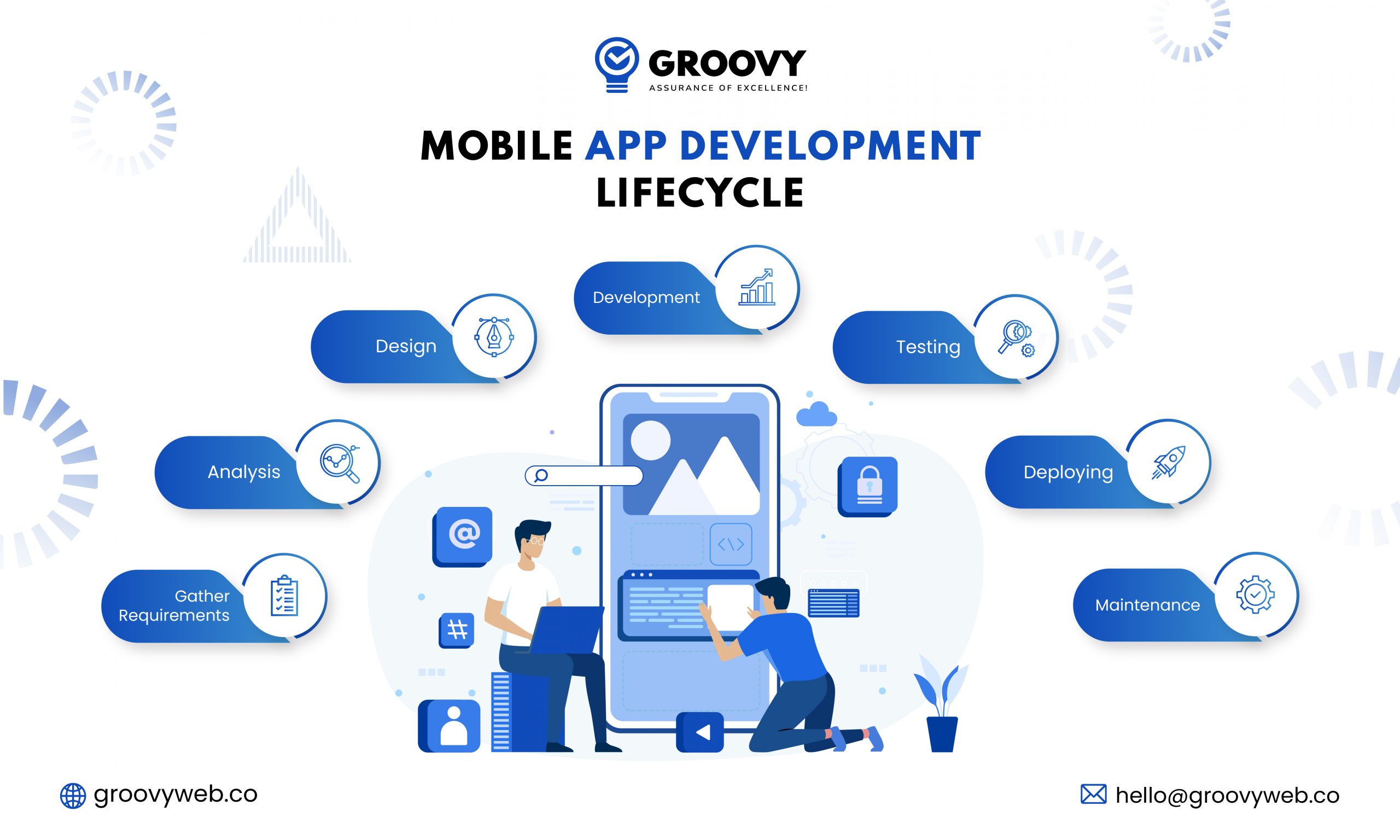
Rahul Motwani
7 Important Stages of Mobile App Development Lifecycle
Mobile App Development 06 Feb 2023 14 min read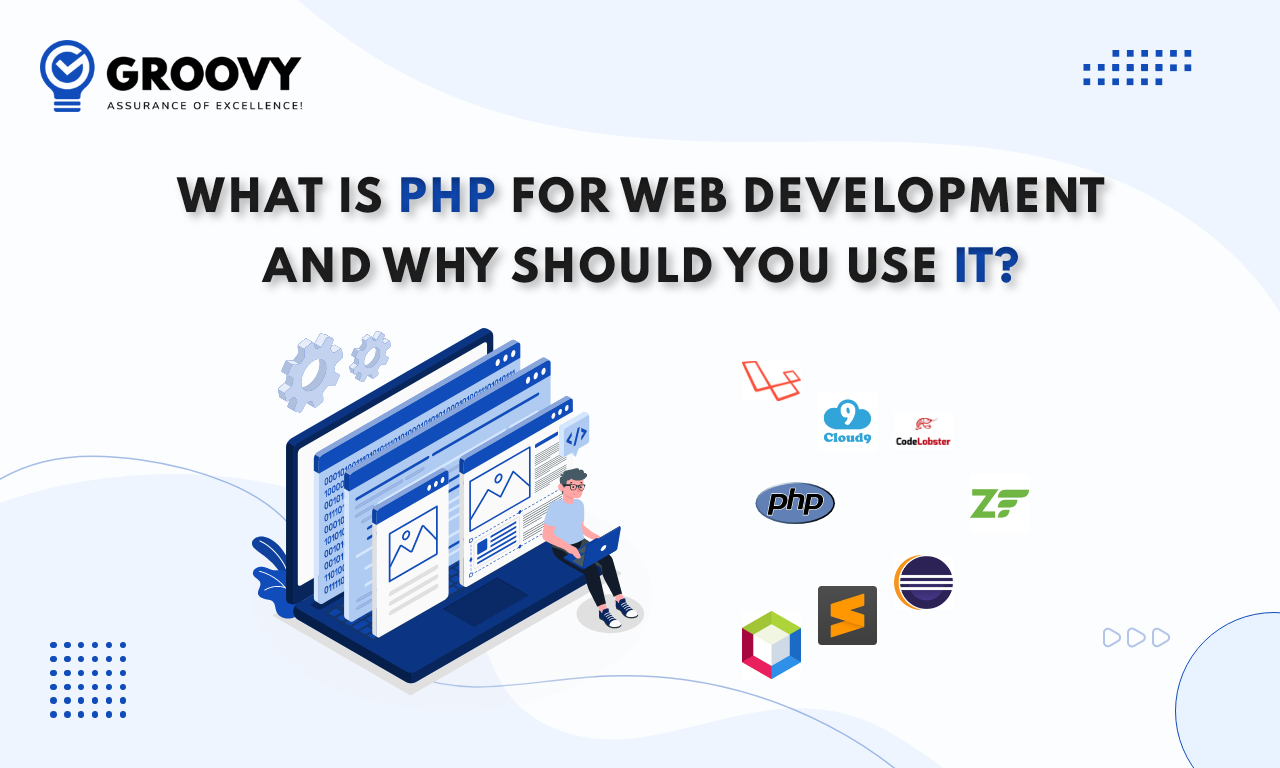
Ashok Sachdev
What is PHP for Web Development and Why Should You Use It?
Web App Development 06 Feb 2023 11 min read
Sagar Patel
Best Android Libraries For The Android App Developers In 2023
Mobile App Development 06 Feb 2023 14 min readSign up for the free Newsletter
For exclusive strategies not found on the blog